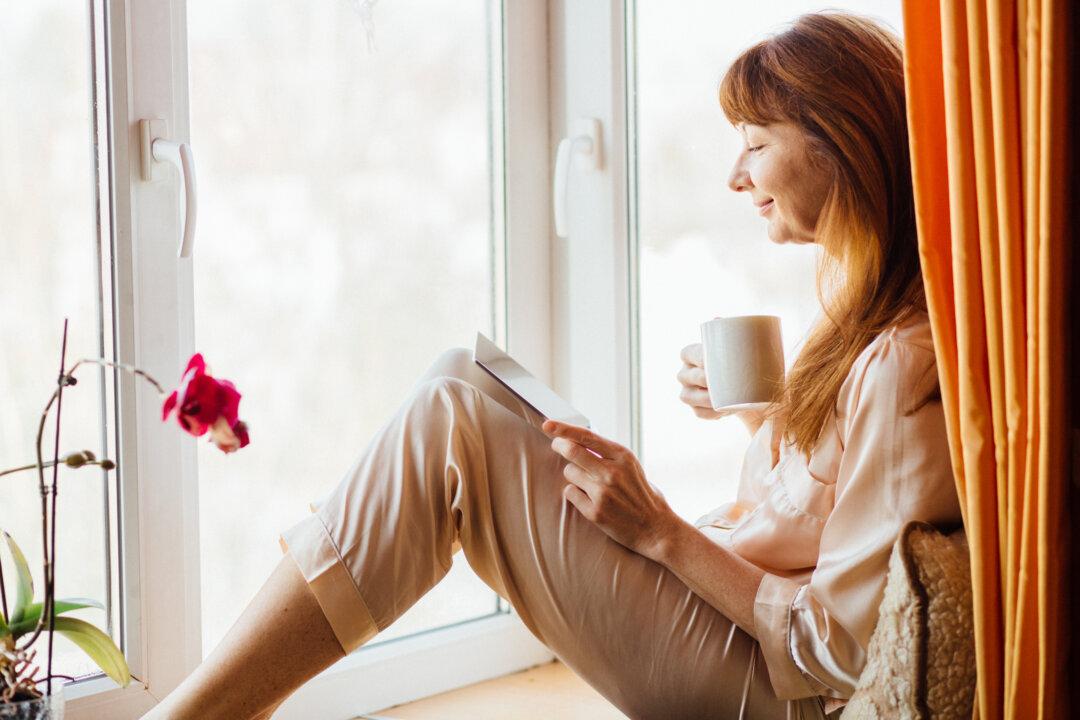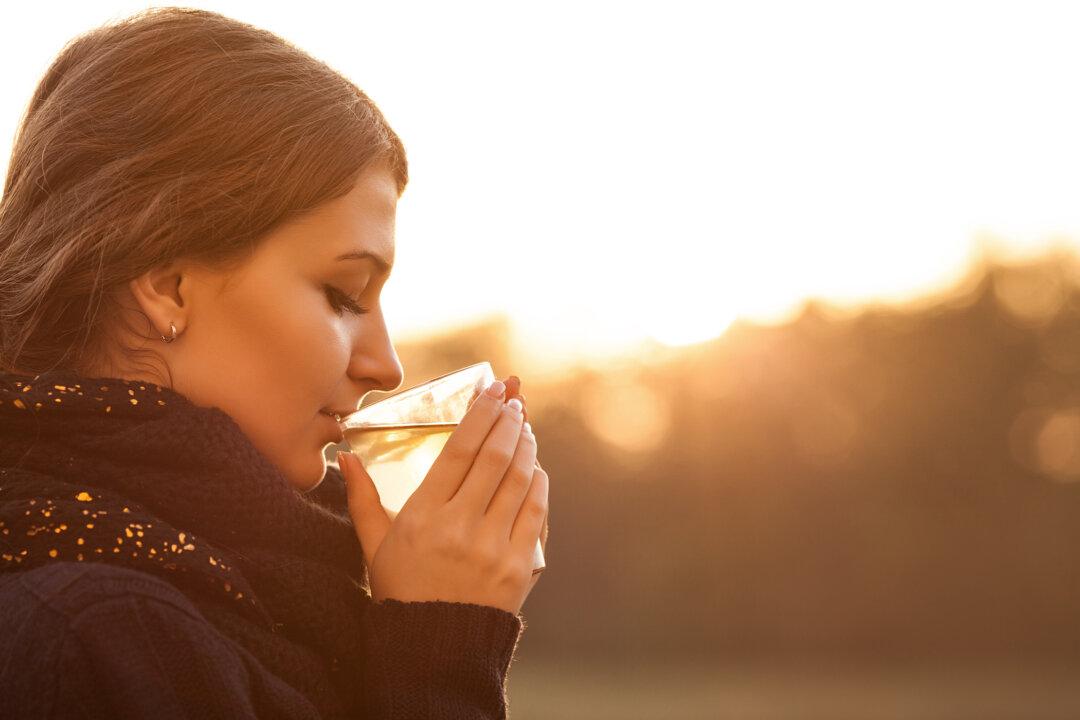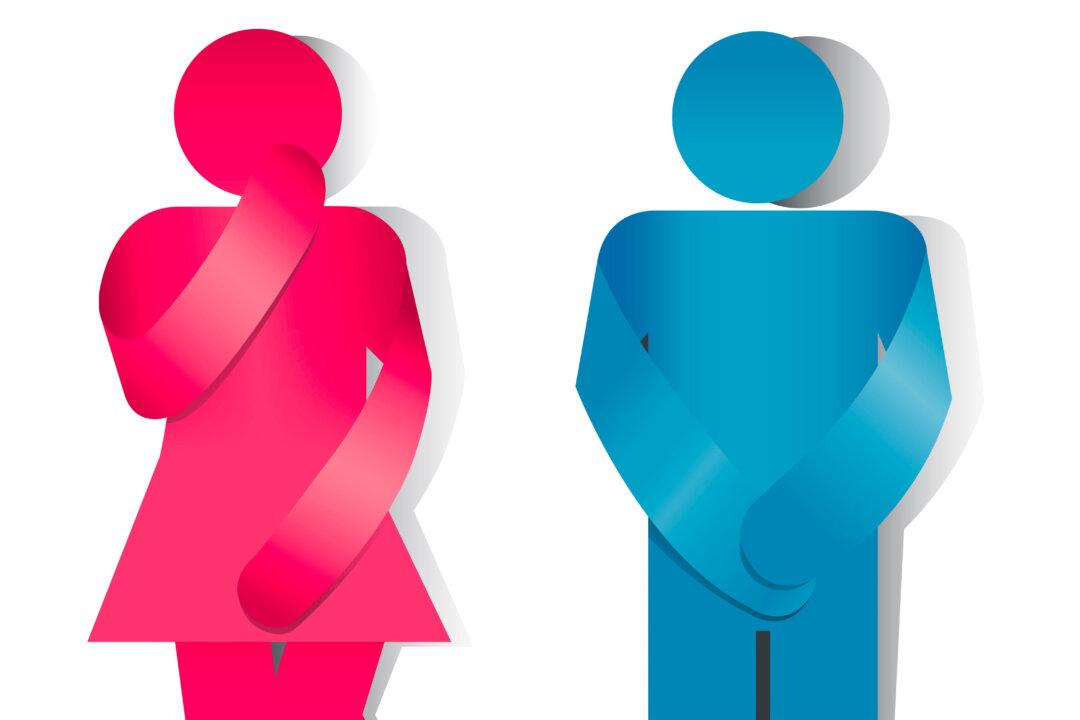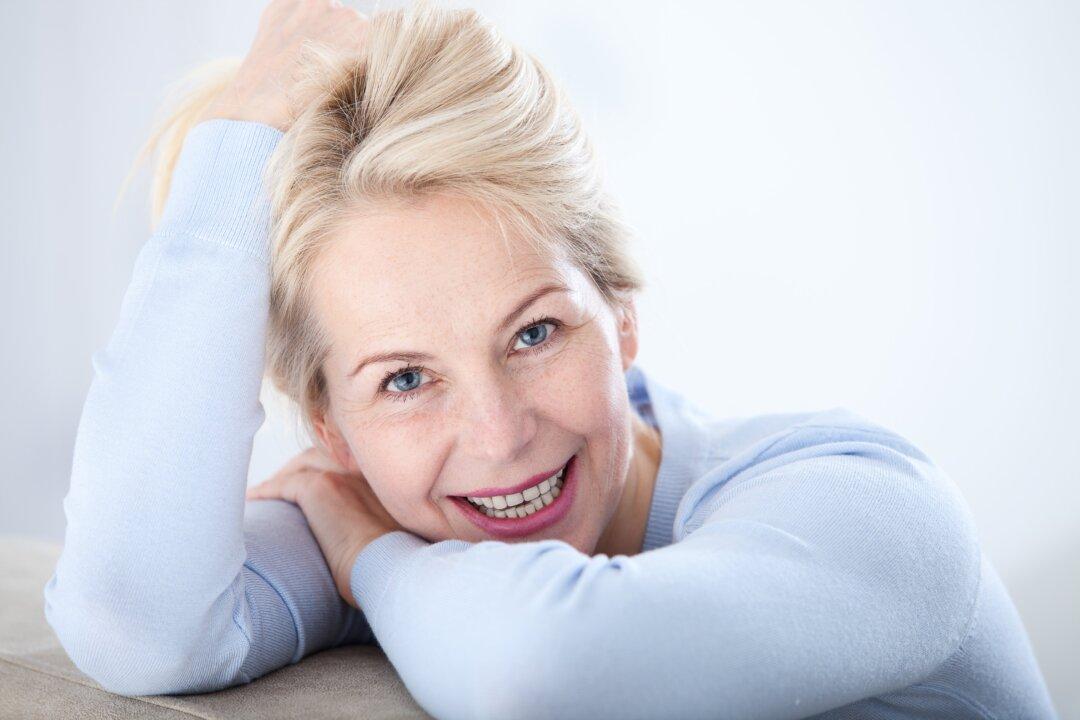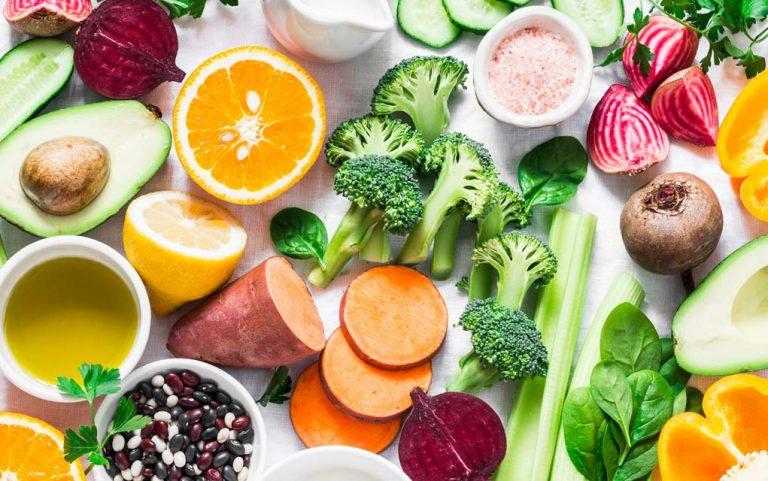As women age, one of the most common challenges they face is lower levels of estrogen. The impact of this drop has been the subject of endless research, stories, myths, and misunderstanding. Although a lower level of estrogen is a natural part of a woman’s life, there is still much we don’t know about it, though we have learned a few things.
Causes of Low Estrogen
By far the most common cause of lowered estrogen is aging. With advancing age comes perimenopause, which is when estrogen levels begin to drop. Once the ovaries stop producing estrogen, a woman is in menopause.Other causes of low estrogen levels can include:
- Thyroid disorders
- Premature ovarian failure, which can develop because of exposure to toxins, an autoimmune condition, or genetics
- Being severely underweight/anorexia/eating disorders
- Excessive exercise
- Low functioning pituitary gland
- Chemotherapy
- Family history of hormonal problems
- Turner syndrome and other congenital conditions
- Chronic kidney disease

